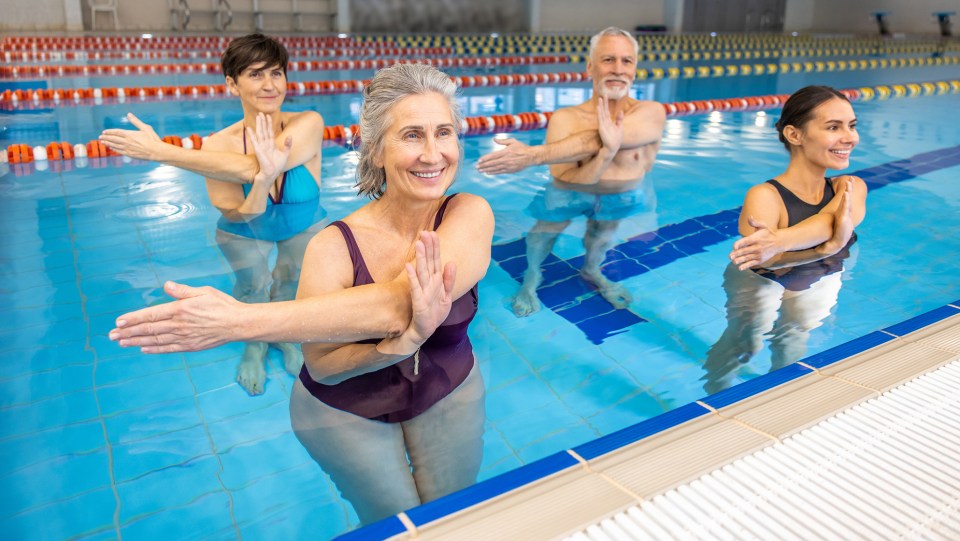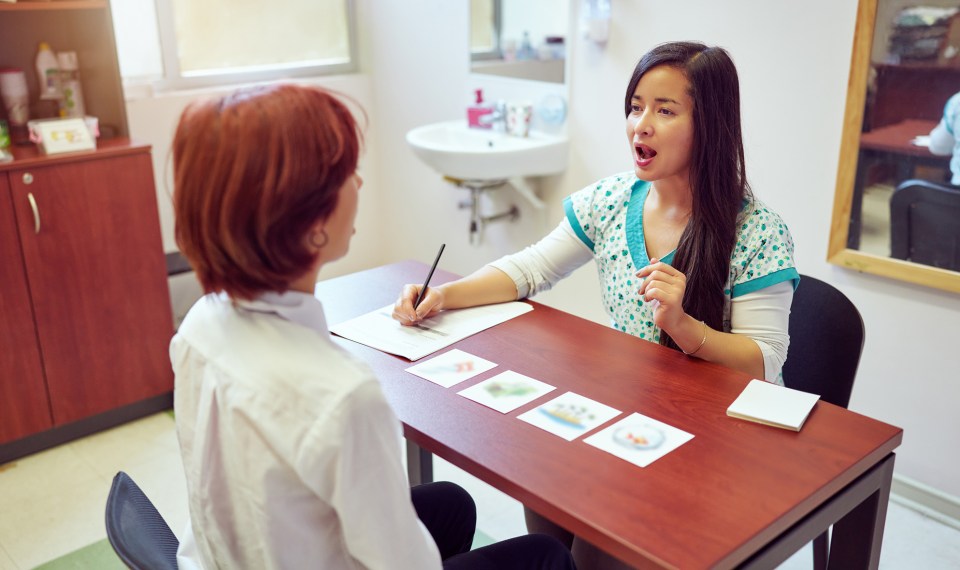Regular exercise provides both immediate and long-term benefits to all individuals. It boosts mood, improves cognitive function, increases muscle strength, builds endurance, burns calories—the list goes on and on. But if you are living with multiple sclerosis (MS), exercise is also an important part of managing your disease.
Why Exercise for MS Is Important
In addition to the overall health benefits, exercise can help you manage the symptoms of multiple sclerosis. More than just being active, a planned, prescribed exercise routine helps combat fatigue, improve bowel and bladder control, increase strength and balance, improve cognition, boost respiratory function and improve quality of life. But before jumping into an exercise routine, get some professional help. Work with a physical therapist or fitness instructor skilled in working with MS.
The amount and frequency of exercise should be determined by your multiple sclerosis symptoms as well as your overall physical health. Exercise routines should be personalized and monitored. Focus on safety to prevent injury, and be sure to incorporate a variety of exercises designed to meet your specific goals.
Aerobic Exercise
Studies have shown low to moderate intensity exercise can improve aerobic fitness and reduce fatigue in those with MS with mild or moderate disability. According to the National Multiple Sclerosis Society, aerobic exercise has been shown to improve:
- Cardiovascular health
- Mood
- Strength
- Flexibility
- Cognitive function
- Bladder and bowel function
- Bone density
- Energy level
Example: Aerobic exercise uses your large muscle groups. It increases your heart rate and breathing. Good options for aerobic exercise include brisk walking, water aerobics, swimming and cycling. Water aerobics and exercises are excellent choices since they allow movement you may not be able to do out of the water. Be aware even small increases in core body temperature can increase MS symptoms, so the recommended water temperature is 84 degrees Fahrenheit or cooler.
Resistance Exercises or Strength Training
If it has been a while since you’ve exercised, it is important to start slowly and gradually increase strength and endurance. Benefits of resistance exercises and strength training include:
- Improved muscle tone
- Strengthens weak muscles
- Boosts brain power and reduces brain fog
Example: Wall squats. Position yourself approximately one foot away from the wall while pressing your shoulders, torso and hips flat to the wall. Slowly slide down the wall bending your knees until your thighs are parallel to the floor. Hold for five seconds before returning to your original position.
Stretching and Flexibility Exercises
Adding stretches to your daily exercise routine is helpful in managing the symptoms of MS. Stretching can help in several ways including:
- Reducing muscle stiffness and tightness
- Increasing flexibility
- Decreasing the impact of spasticity
- Improving range of motion
Example: Stretching exercises can be performed in a sitting or standing position. For the most benefit, stretches should be held for at least 20 seconds. Sitting on the edge of a chair, extend one leg forward with the heel on the ground. Bend at the waist to bring your chest to your thigh. Stretch your arm toward your toes (or as far as you can until you feel the stretch in the back of your leg) and hold. Repeat with the alternate leg.
Neuromotor Exercises
Also known as functional fitness training, neuromotor exercise incorporates balance, coordination, gait, agility and proprioceptive training. Benefits include:
- Fall and injury prevention
- Improved agility
- Better balance
Example: Tai Chi and yoga are both considered neuromotor exercise. They help increase range of motion and improve stability. This type of exercise can reduce the risk of injury while exercising or when performing activities of daily living.
Tips from the National MS Society
Talk to a medical professional before starting a new exercise routine
Utilize safety precautions to lower your risk of injury
Exercise in a cool room or outdoors when the temperature is cooler
Take it slow
After exercise, remember to take the time to stretch
Drink plenty of water while exercising to stay cool and hydrated
The content of this site is for informational purposes only and should not be taken as professional medical advice. Always seek the advice of your physician or other qualified healthcare provider with any questions you may have regarding any medical conditions or treatments.



